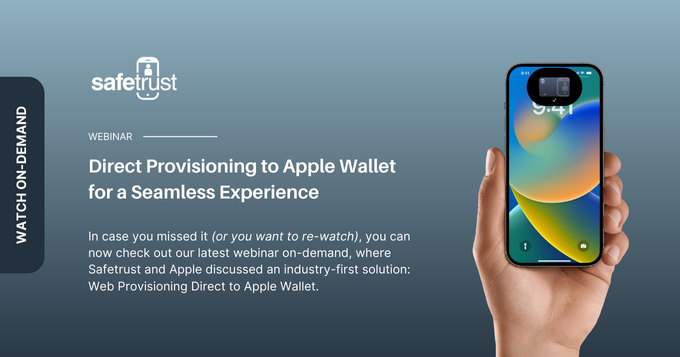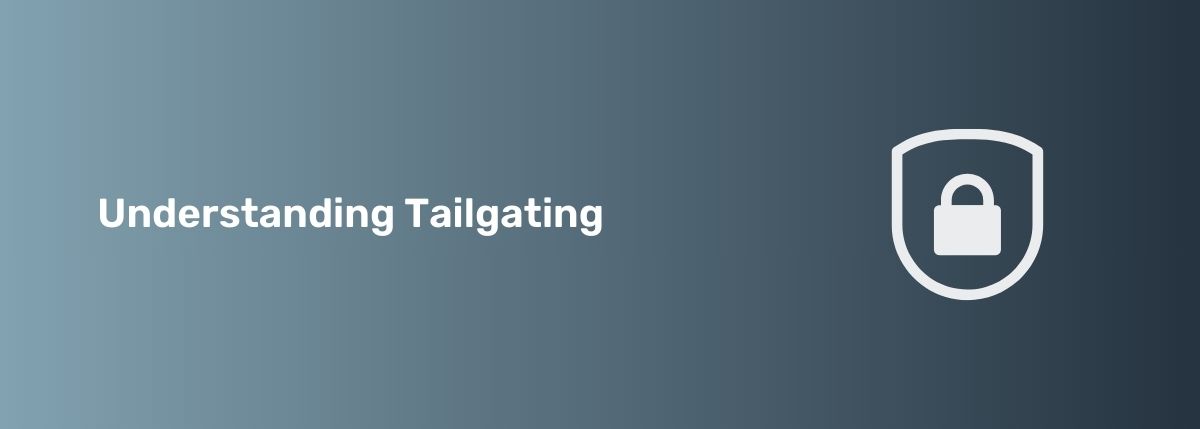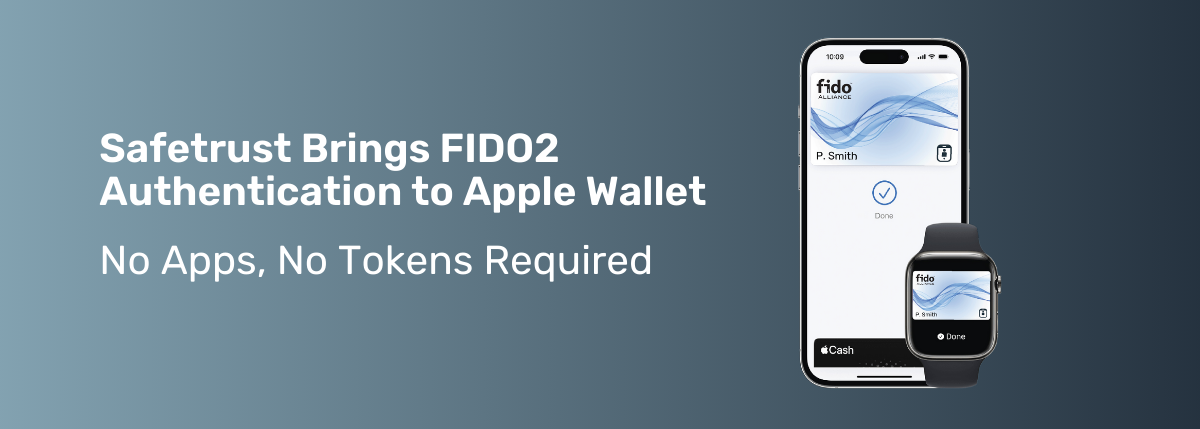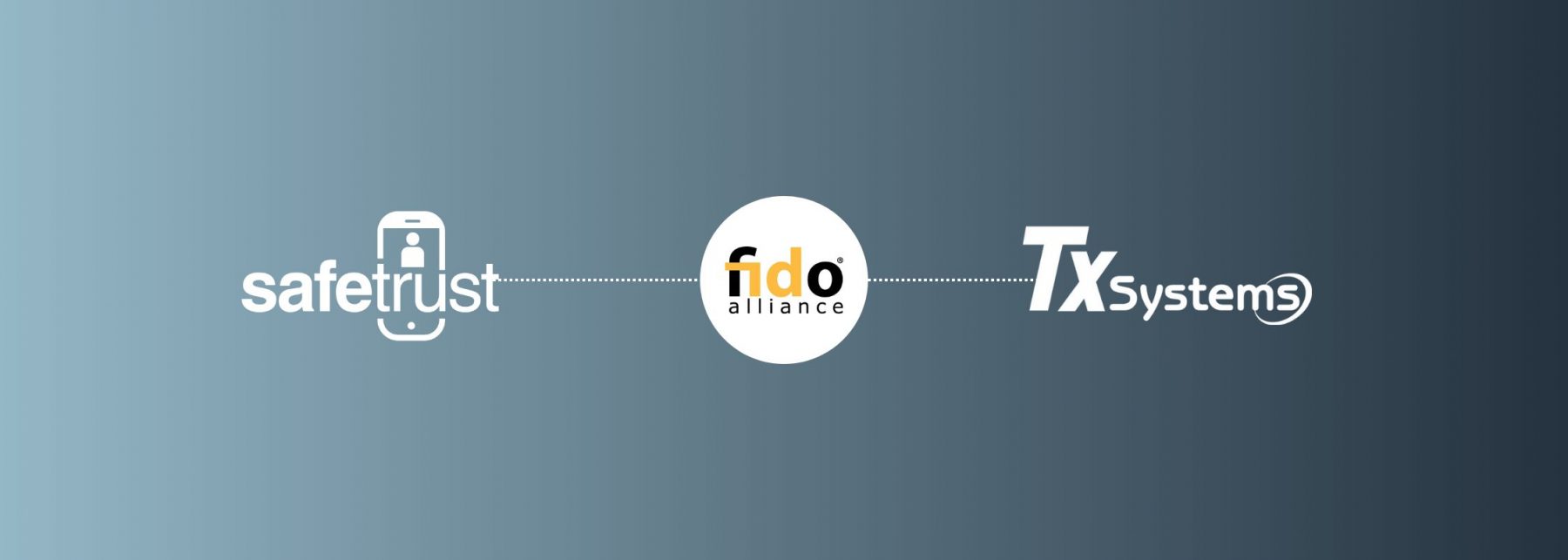Putting the spotlight on MIFARE® DESFire®
Access control technology is advancing at an unprecedented pace, but with every step forward comes new risks and concerns. With the rise of mobile credentials, security has become a critical issue that can no longer be ignored. But fear not because there is a solution that’s shaking things up.
Enter: MIFARE® DESFire® Credentials.
What is MIFARE DESFire?
MIFARE DESFire is a contactless smart card technology designed to meet high-security requirements of access control and other applications. It’s based on the ISO/IEC 14443 standard and uses a 128-bit Advanced Encryption Standard (AES) encryption algorithm.
The first version of DESFire was DESFire EV1, which was introduced in 2006. It offered improved security compared to previous smart card technologies and was compatible with existing contactless infrastructure. DESFire EV1 uses a 3DES encryption algorithm and supports up to 28 applications on a single card.
In 2010, the second version of DESFire was released: DESFire EV2. It introduced several new features, including a 128-bit AES encryption algorithm, support for larger memory sizes, and improved performance. DESFire EV2 also added new security features, such as the ability to detect and prevent the cloning of cards.
The latest version of DESFire is DESFire EV3, which was released in 2020. It includes advanced security features such as secure channel communication, key diversification, and data authenticity checks. DESFire EV3 also supports a broader range of use cases, including secure authentication for mobile devices and wearables.
Why is DESFire EV3 So Powerful?
DESFire is a versatile and secure smart card technology. Here are some key reasons why:
Versatile and Convenient: With DESFire, you can store multiple applications and data files on a single card. This means you can use one card for access control, payment, and other applications, making it a more convenient and versatile solution than traditional physical credentials.
Multiple Levels of Security: DESFire uses a unique 128-bit DES encryption key for each application, ensuring that the others remain secure even if one application is compromised. It also supports mutual authentication, ensuring the card and the reader are authenticated before exchanging data.
Protection Against Cloning and Tampering: DESFire protects against cloning and tampering. The technology uses a secure messaging protocol that prevents unauthorized access to data on the card. It also has a built-in anti-tearing mechanism that ensures that the card cannot be read or written to while a transaction is in progress.
Mobile-Friendly: DESFire is highly compatible with a wide range of mobile devices, including smartphones and tablets. This means that you can easily and securely access buildings and facilities using your mobile device, without the need for a physical credential.
Why You Should Choose MIFARE DESFire
DESFire should be on your radar if you’re a facility manager or security professional. Here’s why:
Touchless Solutions: DESFire allows for secure touchless access control via Safetrust mobile credentials, reducing the risk of transmission of pathogens.
Ease of Use: DESFire is incredibly easy to use. With just a few taps on your mobile device, you can access buildings and facilities securely and conveniently.
Highly Secure: DESFire provides the highest level of security, protecting against cloning and tampering. This means you can trust that your credentials are always safe and secure.
DESFire is a game-changer in the world of access control, providing a secure and convenient solution for mobile credentials. With its advanced encryption algorithm, multiple levels of security, and compatibility with mobile devices, DESFire is a highly versatile and effective smart card technology.
Considering a migration to DESFire Security to better secure your workplace? Contact Safetrust today for a free demo of our solutions.
–––––
Want an easy way to keep up with the latest physical security news and trends?
Look out for our monthly TechTalk web series on our events page. And follow us on your favorite social channels: LinkedIn, Twitter, and Facebook.





